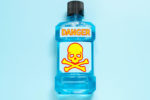Standard hygiene norms dictate we wash our hands after using the toilet. It’s not a matter of manners or personal taste but a safety procedure.
But do you wash your hands after using every item susceptible to carrying dangerous pathogens? Odds are you don’t, because most of them are not even within the walls of your bathroom.
Prepare your hand sanitizer and take a look at the top ten items that are even dirtier than your toilet.
10 – Ice.

Having a drink on the rocks might not be a good idea.
A 2012 study determined that 70% of the time, the ice in fast food joints is even dirtier than toilet water from the same establishment.
Due to humid conditions, ice machines are an ideal breeding ground for miscellaneous bacteria and pathogens. Knowing this, most sanitary laws require restaurants to clean and sanitize their equipment regularly, yet employees regularly report a general lack of rigorous cleaning.
9 – Keyboards.

Whether you do it for work or leisure, odds are you spend a significant portion of your time writing away in your keyboard. But do you know how dirty it really is?
A study performed by the University of Arizona determined the average desktop features over 400 times more bacteria than your toilet seat. Women, in particular, should be aware—the same study found out that their desks tend to have more pathogens than their male counterparts.
8 – Light switches.
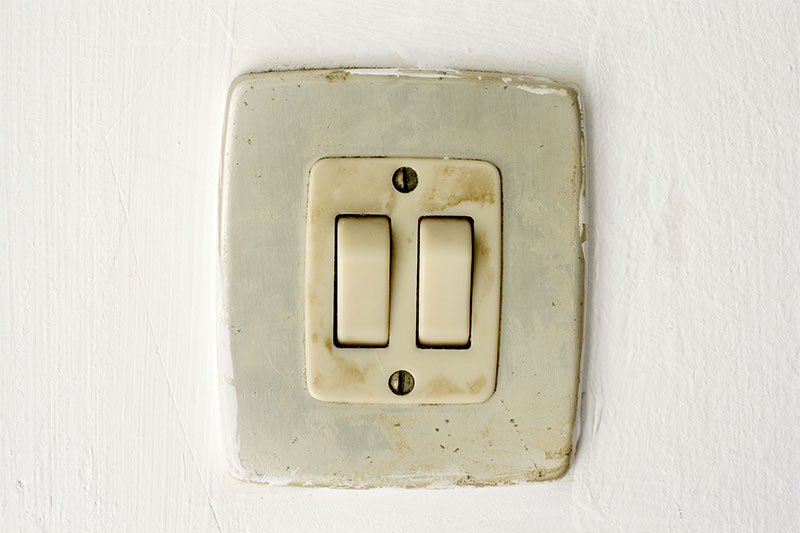
Have you ever stopped to think about how often we touch light switches? Perhaps even more worrying—do you know how often light switches are disinfected in a regular cleaning routine?
If you never clean your light switch, you’re far from being the only one. Precisely because of this, these little items are some of the biggest hotspots for bacteria in any location.
The average private bathroom switch has as many as 217 bacteria per square inch. Naturally, said number goes up in public places, as does the risk of contracting a disease.
7 – Cutting boards.
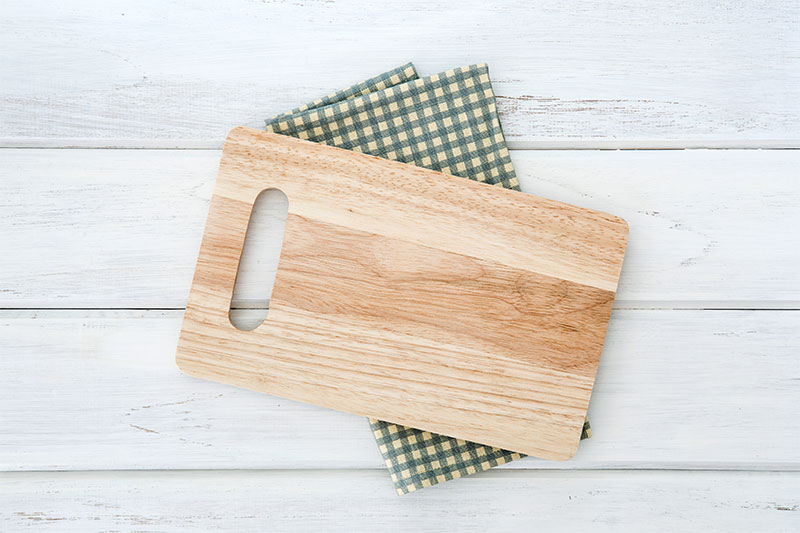
While most know better than using the same cutting board to slice fruits after cutting a chicken, it’s not enough to keep it from becoming a breeding ground for bacteria.
Slicing your food atop plastic cutting boards can leave indentations on the surface that facilitate bacterial growth. Wooden cutting boards, while tougher to mark, can absorb unsanitary meat juices.
Conclusion? Cutting boards can have up to 200% more fecal material than your average toilet seat.
6 – Elevator buttons.
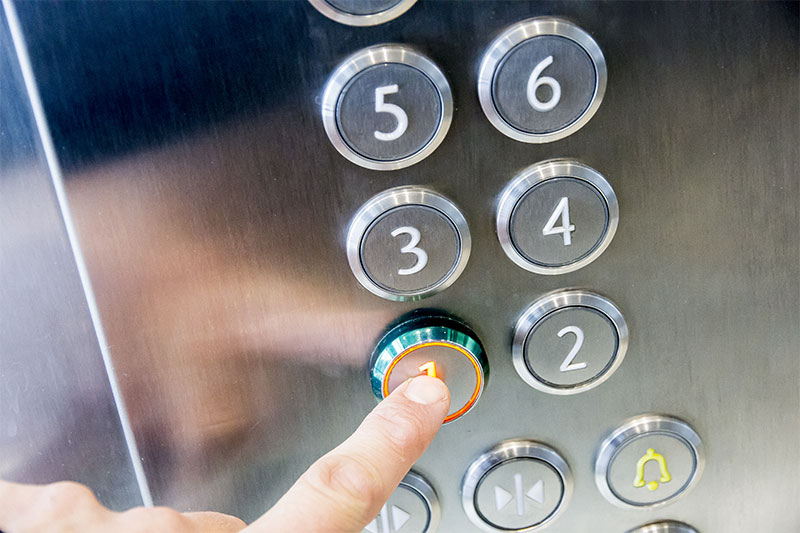
Elevator buttons are inconspicuous yet a hotspot for bacterial colonization.
The situation is particularly worrisome in hospitals. A Canadian study reported that elevator buttons in hospitals are more prone to bacterial growth than toilet surfaces. Specifically, 61% of all button samples were contaminated, while only 43% of toilets showcased similar colonies.
5 – Doorknobs.
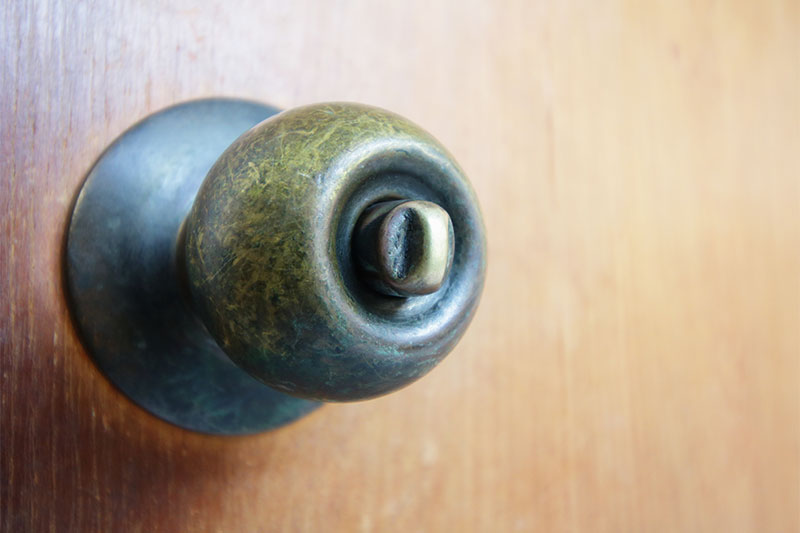
Yet another discreet breeding ground for pathogens, doorknobs are natural hotspots you must look out for. In particular, those made of stainless steel can encourage bacterial growth at a faster rate than copper or other materials.
According to a particular study, doorknobs can keep bacteria like Salmonella, E. coli, amongst others, up for weeks at a time. And almost no one washes their hands after using a doorknob.
4 – Toothbrushes and toothbrush holders.
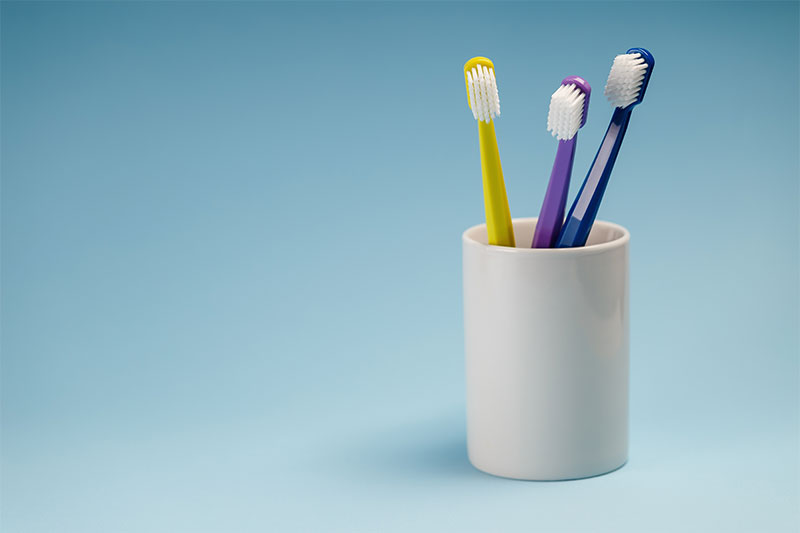
Not to gross you out, but the very item you use to clean your mouth may be filled to the brim with bacteria.
Researches of the University of Manchester affirm the regular toothbrush hosts over 100 million bacteria. While most of these are entirely harmless, samples of E. coli and Staphylococci were surprisingly common.
Toothbrush holders are also some of the most germ-infested household items, as they pick germs dripping from your toothbrush and floating around your toilet.
3 – Money.

Sadly, it seems even your hard-earned salary qualifies as dirty money.
According to the Southern Medical Journal, over 94% of the dollar bills tested were contaminated with fecal matter, including staphylococcus. To make a bad thing worse, some of these pathogens can live up to seventeen days on a regular bill.
Oh, and most bills also carry traces of cocaine. Who’d have guessed?
2 – Mobile phones and tablets.

Odds are the smartphone or tablet that you’re most likely holding right now is filled with bacteria.
In fact, it carries over 17,000 different bacteria, making it approximately ten times dirtier than your toilet seat, according to the University of Arizona.
The best solution to avoid phone or tablet contamination is to stop the habit of taking it with you to the bathroom. After doing so, regularly cleaning it with a microfiber cloth or a rubbing alcohol solution should be enough.
1 – Kitchen sponges.
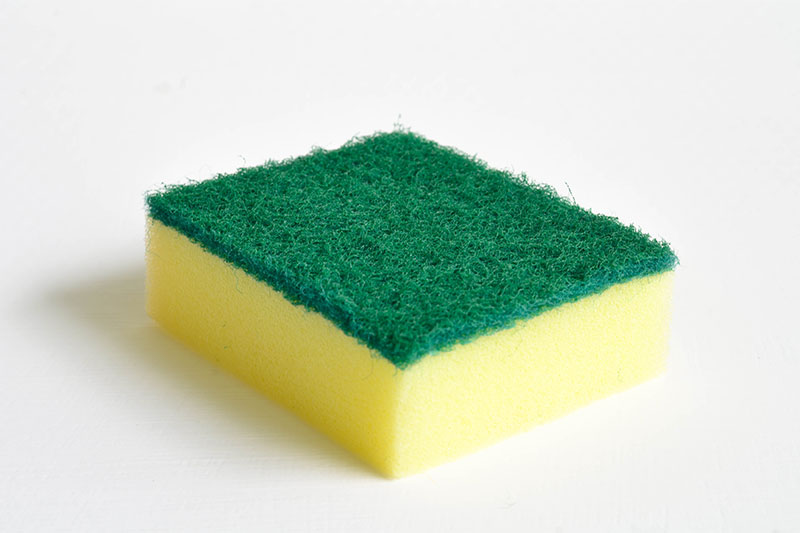
How often do you replace your kitchen sponge? If your answer is anything other than “once a week,” we have bad news for you.
According to German researchers, you are cleaning your dishes with the “biggest reservoir of active bacteria in the house,” even dirtier than toilets and the perfect breeding ground for E. coli and Salmonella.
Since sanitizing does not seem to have a lasting effect, the only solution is to replace them regularly, preferably once a week.
It’s okay, go throw out half your cleaning equipment. We’ll wait.

